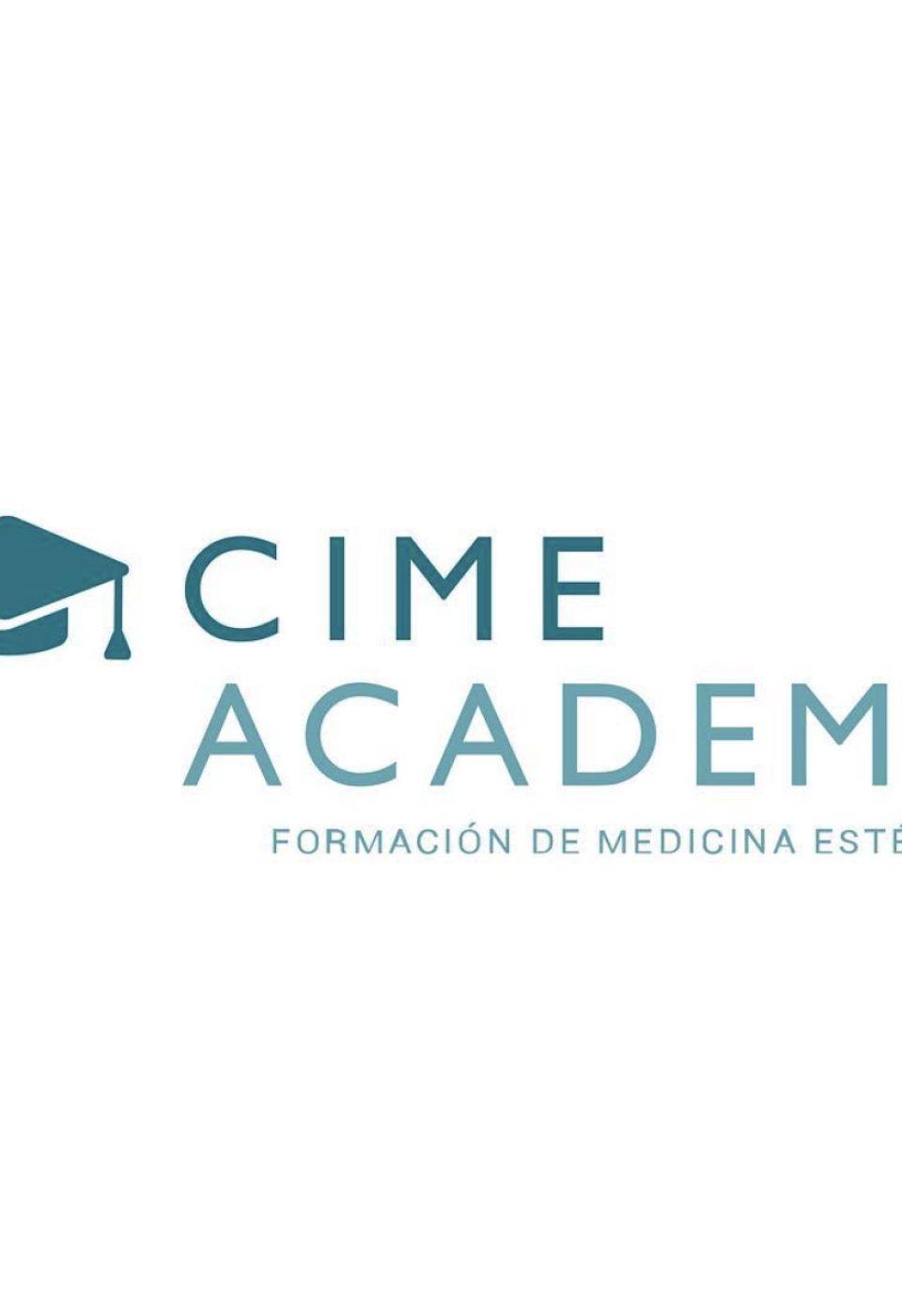Efficacy and safety of photothermal-bioactivated platelet-rich plasma for facial rejuvenation
It is well known that skin aging results from an intrinsic process involving genetic background and an extrinsic process influenced by environmental factors.1 Many anti-aging cosmetic products are used to prevent and treat it,2 while others, which are minimally invasive, safe, and effective, have not been so widespread, perhaps due to their characteristics and application method. One example is the intradermal injections with platelet-rich plasma (PRP),3 whose results are significant, with high patient satisfaction, and without serious adverse effects.4 A novelty related to these products is the use of light and temperature to activate PRP (see Appendix S1) and produce photothermal-bioactivated platelet-rich plasma (PTBA-PRP), whose promising preliminary results we want to present in this letter.5, 6
The study's objective was to evaluate the safety and efficacy of PTBA-PRP for facial rejuvenation compared to previous treatments with PRP without this type of activation, using subjective perception scales.
We conducted a prospective, multicenter, open-label, non-randomized pilot study in healthy volunteers with Fitzpatrick skin type I ~ III and previous facial treatments for skin rejuvenation with PRP. Exclusion criteria included: pregnancy or breastfeeding, malignancy, viral infection, systemic autoimmune or blood diseases, and predisposition to hypertrophic/keloid scarring. The study was conducted following the principles outlined in the revised version of the Declaration of Helsinki, Good Clinical Practice (GCP) guidelines, and in compliance with all applicable laws and regulatory requirements.
Blood samples (10–20 ml) were collected in tubes with sodium citrate 3.8% anticoagulant solution and gel and centrifuged at 3500 rpm for 5 min. After centrifugation, platelets and white blood cells were pelleted on the separating gel and resuspended with plasma. PTBA was made through the MCT Unit® (Metacell Technology®, Sant Cugat, Spain). Samples were included in the MCT Kit® (Metacell Technology®, Sant Cugat, Spain), a sterile, single-use container for a 10 ml sample, and subjected to 620 nm and 5.6 J for 10 min and 4°C for 15 min, simultaneously. Doctors applied the product through superficial microinjections (0.05 ml with a 30G½” needle, 2.0 mm depth, and approximately 8 ml by face) and following the “point-to-point” mesotherapy technique (spacing of approximately 1 cm).
Patients and doctors assessed treatment satisfaction through subjective scales with four categories of results: very dissatisfied (0—implying no improvement), somewhat dissatisfied (1 to 3—implying a slight improvement), satisfied (4 to 6—implying a good, noticeable improvement), and very satisfied (7 to 10—implying an extraordinary improvement). Furthermore, patients were asked to choose the most noticeable change perceived in skin quality compared with previous PRP treatments without PTBA. Doctors reported the general perceived amelioration with PTBA-PRP, compared with non-PTBA-PRP treatments—no differences (0%), slight improvement to moderate improvement (10%–40%), moderate-to-marked improvement (40%–70%), and marked-to-spectacular improvement (70%–100%)—and any technical drawbacks of the procedure. All adverse events were recorded. The statistical analysis was performed using Windows 10 Excel.
The study included 45 patients with a mean age of 45 [SD 11.5; range (28–71)], 91.1% female. Patients' and doctors' overall treatment satisfaction was “very satisfied.” Patients' most noticeable qualitative change perceived compared with previous treatments is shown in Figure 1. Overall, physicians' perceived improvement rated from 40% to 60%, representing a good-noticeable improvement. Doctors' general impression of PTBA was excellent, without difficulties or technical drawbacks. Treatments did not require analgesia/anesthesia. Eleven patients (24.4%) reported non-severe adverse events or discomfort during the treatment and follow-up visits that were resolved without complications. (Figure 2).


In conclusion, PTBA-PRP showed excellent results for facial rejuvenation perceived by patients and doctors compared to previous non-PTBA PRP treatments with few side effects and no technical drawbacks.
If you want to know more about our training proposal in aesthetic medicine, we encourage you to contact us. We will solve your doubts and advise you on what you need.
Dr. Manuel Rubio Sanchez
aesthetic doctor




